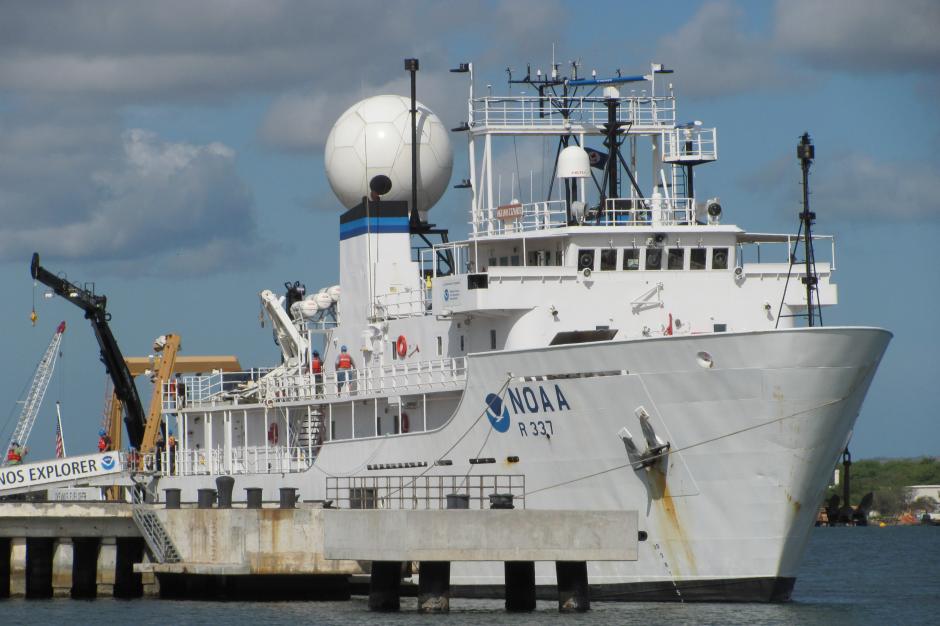NOAA Aircraft Operations Center expanding to support growing fleet
The NOAA Aircraft Operations Center (AOC) will be expanded under the terms of a new 20-year lease NOAA signed today with the City of Lakeland, Florida. Located at Lakeland Linder International Airport, AOC serves as the main base for NOAA’s current fleet of nine specialized environmental data-gathering aircraft, including the agency’s three “hurricane hunter” planes.


